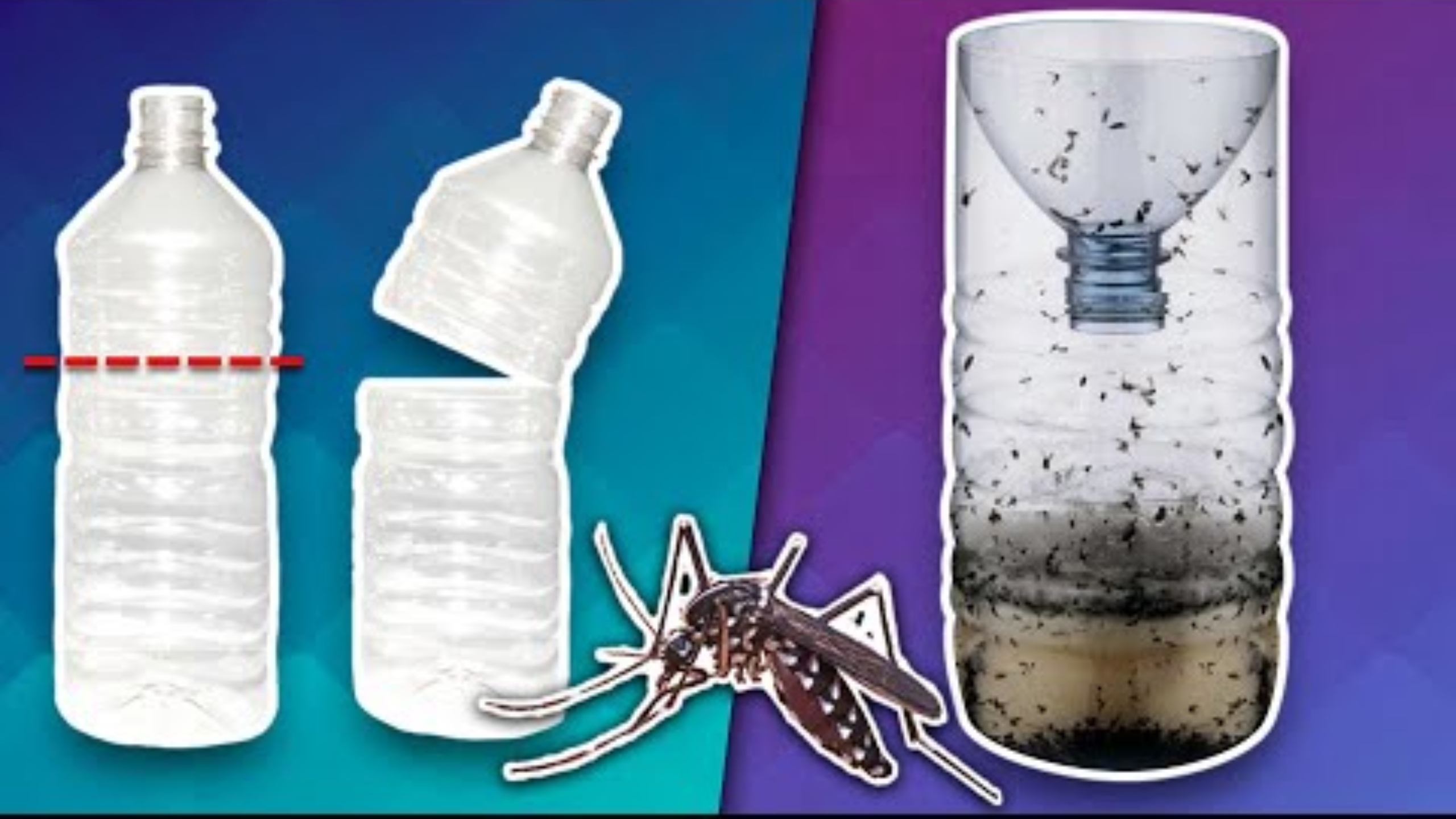Mosquitoes are not just a nuisance; they can also pose serious health risks. From annoying bites to transmitting diseases like dengue, Zika, and West Nile virus, these tiny insects demand effective control methods. But what if you could keep them at bay using a simple, natural, and environmentally friendly DIY trap? Here’s a comprehensive guide to creating your own mosquito trap at home that’s both safe and effective.
Why Choose a Homemade Mosquito Trap?
Most commercial repellents or traps contain chemicals that might not be suitable for all environments—especially if you have children or pets. A homemade trap, on the other hand, leverages natural attractants like carbon dioxide and fermentation byproducts to lure and capture mosquitoes.
This solution is inexpensive, easy to set up, and free from harmful chemicals, making it an excellent choice for eco-conscious households. Plus, it requires just a few common household items. Let’s dive into how to create your own mosquito trap step by step.
Ingredients Needed
Preparing your homemade mosquito trap is straightforward. Here’s what you’ll need:
- 200 ml of water
- 50 grams of brown sugar (or dark soft sugar)
- 1 gram of brewer’s yeast
- A 2-liter plastic bottle (such as a soda bottle)
- A pair of scissors or a sharp knife
- Adhesive tape (like duct tape or any strong sticky tape)
Step-by-Step Preparation

Step 1: Cut the Bottle
Begin by carefully cutting the plastic bottle in half. Use scissors or a sharp knife and make a clean cut around the midsection. You should now have two parts: the top cone-shaped section and the bottom cylindrical section.
Step 2: Prepare the Fermentation Mixture
In the bottom half of the bottle, boil 200 ml of water. Once it reaches a boil, add the 50 grams of brown sugar. Stir until the sugar completely dissolves. Allow this mixture to cool until it reaches approximately 30°C—warm but not hot.
Now, add the 1 gram of brewer’s yeast to the cooled syrup. This creates a fermentation process that produces carbon dioxide, which acts as an attractant to mosquitoes.
Step 3: Assemble the Trap
Pour the sugar-yeast mixture into the bottom part of the bottle. Then take the top part of the bottle and invert it into the bottom, creating a funnel. The sharp, narrow opening of the cone directs insects into the trap.
Fix the two parts together securely using adhesive tape along the edges to ensure no gaps exist.
How to Use Your DIY Mosquito Trap
Place the trap in an area where mosquitoes are most active—near stagnant water, garden corners, or shady patches around your home. It’s ideal to position it at dusk or dawn when mosquitoes are most active.
Make sure the trap is stable and not easily knocked over. You can also set it up indoors if mosquitoes are penetrating your home.
When and How to Maintain the Trap
This homemade trap works well for about two weeks. During this time, monitor it regularly:
- If you notice that the numbers of mosquitoes decrease, you can leave it longer.
- If you see the trap filling with insects, it’s time to replace the mixture.
To maintain its effectiveness, replace the sugar-yeast mixture every 14 days or when you observe that bubbles—the sign of active fermentation—cease forming.
When replacing, simply discard the old mixture safely, clean the bottle, and repeat the preparation process.
Additional Tips for Better Results
- Placement: Position the trap away from your main living areas but close enough to where mosquitoes are common.
- Multiple traps: Set up several traps around your garden or yard for better coverage.
- Complementary measures: Use mosquito nets, eliminate standing water, and keep your environment tidy to reduce breeding sites.
Why This Method Works
This DIY trap leverages the natural attraction of mosquitoes to carbon dioxide and fermentation odors—mimicking human breath and body emissions. The sugar and yeast produce CO₂ through fermentation, drawing mosquitoes into the bottle.
Once inside, the insects find it difficult to escape due to the narrow funnel, trapping them efficiently without chemicals or noise.


https://t.me/s/officials_pokerdom/3365
https://t.me/s/iGaming_live/4866